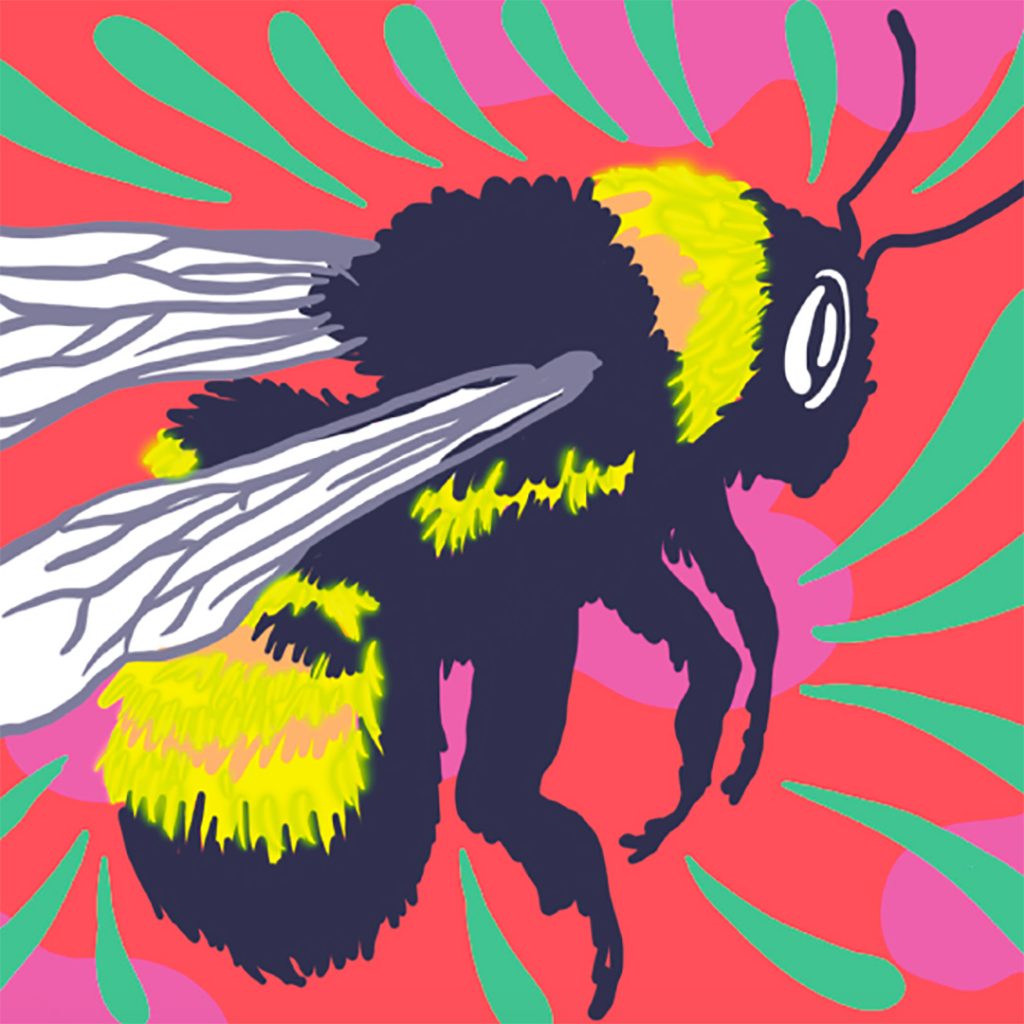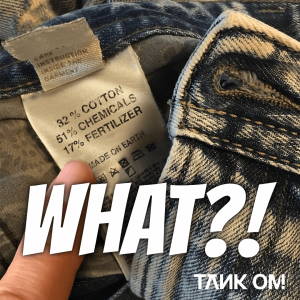
As more people become aware of the detrimental effects of textile production and consumption on the environment, discussions often focus on the chemical and water-intensive processes that lead to significant carbon dioxide emissions. However, it’s essential to understand the broader …







